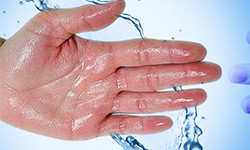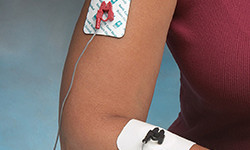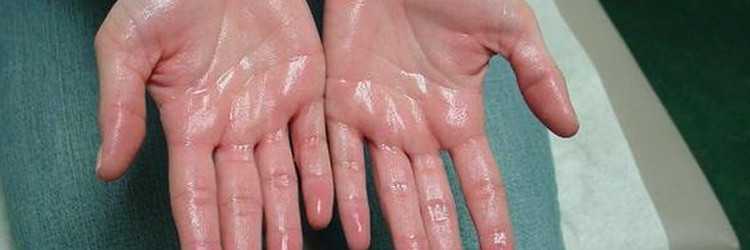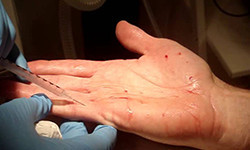Hyperhidrosis or excessive perspiration in certain parts of the body can be both an embarrassing and an inconvenient condition. Before deciding the course of treatment for excessive sweating, your dermatologist will have to ascertain the causes excessive sweating in your body.
What are the reasons for excessive sweating?

How is hyperhidrosis diagnosed?

What are the various treatments for hyperhidrosis?
Based on the parts of your body where there is excessive sweating, your dermatologist will recommend the most suitable form of hyperhidrosis treatment. If you are wondering how to stop excessive sweating, you could explore the common treatments for hyperhidrosis.
-
Antiperspirants:
Antiperspirants are commonly used in the case of sweaty underarms. They work by plugging the sweat glands.
-
Botox:
Botox for hyperhidrosis can help control the problem for up to 6 months. Botox injections are typically used in areas like the underarms to control hyperhidrosis.
-
Prescription medication:
Prescription medication is often used to control excessive sweating, but it may come with its set of side effects.
-
Iontophoresis:
Also known as the ‘no-sweat’ machine, this technique requires you to immerse your hands and feet in a pan of water with low-voltage current running through it so as to control sweating.
-
Surgery:
Surgery to remove sweat glands is also a treatment option for hyperhidrosis.
If you think that your unexplained excessive sweating might be hyperhidrosis, consult a dermatologist to explore some of the many effective treatment options.


 Botox for hyperhidrosis can help control the problem for up to 6 months.
Botox for hyperhidrosis can help control the problem for up to 6 months. 











